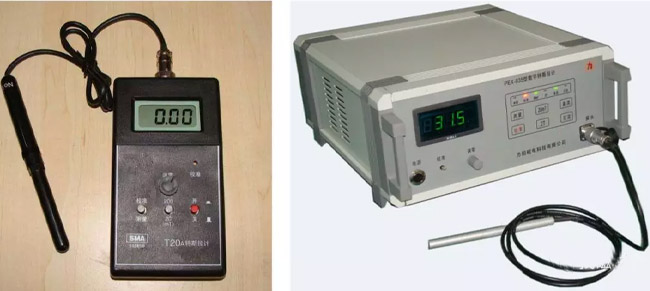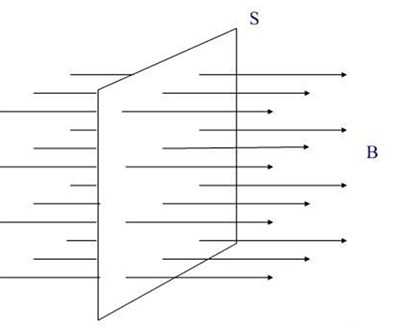Popularization of magnetic knowledge-surface magnetism, remanence and magnetic flux
Surface magnetic strength
Concept: Surface magnetization refers to the magnetic induction intensity of a certain point on the surface of the magnet (then the surface magnetism of the center and the edge is different), which is the value measured by the Gauss meter contacting a certain surface of the magnet, not the overall magnetic performance of the magnet.
Measurement: Gauss meter, also called Tesla meter, is generally used to measure magnetism. The Hall sensor elements on Gauss meters of different manufacturers are different, and the measured magnetism of the same magnet is also different. In addition, it should be noted that the Gauss meter measurement standards used in different countries are different.
The surface magnetism is related to the height-diameter ratio of the magnet (the ratio of the height to the diameter of the magnet). The larger the height-diameter ratio, the higher the surface magnetism, that is, the larger the surface area perpendicular to the magnetization direction, the lower the surface magnetism; the larger the magnetization direction size, The higher the table magnetism.

Magnetic flux
Concept: In a uniform magnetic field with a magnetic induction intensity of B, there is a plane with an area S and perpendicular to the direction of the magnetic field. The product of the magnetic induction intensity B and the area S is called the magnetic flux passing through this plane, referred to as magnetic flux, and the symbol " Φ", the unit is Weber (Wb). Magnetic flux is a physical quantity that represents the distribution of the magnetic field. It is a scalar, but it has positive and negative values, which only represent its direction. Φ=B·S, when there is an angle θ between the vertical plane of S and B, Φ=B·S·cosθ

The magnitude of the magnetic flux passing through a certain plane can be vividly explained by the number of magnetic lines of induction passing through this plane. In the same magnetic field, the greater the magnetic induction intensity, the denser the magnetic lines of induction. Therefore, the larger the B and the larger the S, the greater the magnetic flux, which means that the number of magnetic lines passing through this surface is greater. If there are two magnetic fluxes in opposite directions across a plane, the resultant magnetic flux at this time is the algebraic sum of the magnetic fluxes in the opposite direction.
Measurement: Fluxmeter is an instrument for measuring magnetic flux, and it needs to be matched with a measuring coil (copper wire with a diameter of 0.1-0.5). In recent years, domestic permanent magnet manufacturers have widely used Helmholtz coils to detect bulk products (Helmhol The magnetic coil is a device that produces a uniform magnetic field in a small area. Due to the open nature of the Helmholtz coil, it is easy to put other instruments in or out, or directly perform visual observation, so it is often used in physics experiments Device. Named after German physicist Hermann von Helmholtz)

Remanence
Concept: Residual magnetization refers to the magnetic induction retained in the ferromagnetic body when the external magnetic field is gradually reduced to zero after the external magnetic field is magnetized to a saturated state. Its full name is the residual magnetic induction intensity (Br represents). The remanence is determined by the characteristics of the magnet itself, and the remanence of the same magnet under certain conditions is constant and has a single value.
The relationship between remanence and surface magnetism: both are based on Gauss, but there is no corresponding relationship between surface magnetism and remanence. That is, two magnets with the same remanence, the size of the surface magnetism may not be the same. The shape, size, and magnetization of
1) Two magnets with the same shape, performance and size, the higher the surface magnetism, the stronger the remanence
2) Two magnets with different shapes, performances and sizes cannot be judged simply by the level of surface magnetism.
The relationship between remanence and magnetic flux: When the magnetic circuit of the magnet is closed, a fluxmeter can be used to measure the magnetic flux and then calculate the remanence. Br=φ/n/s, where: φ represents the magnetic flux, n represents the number of turns of the coil, and s represents the cross-sectional area of the magnet.

